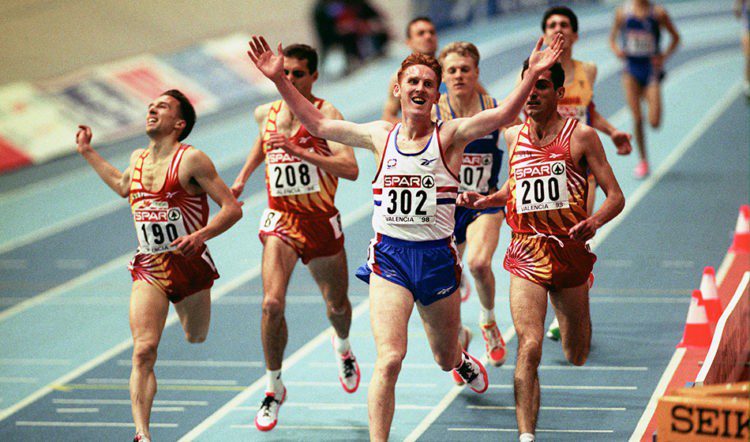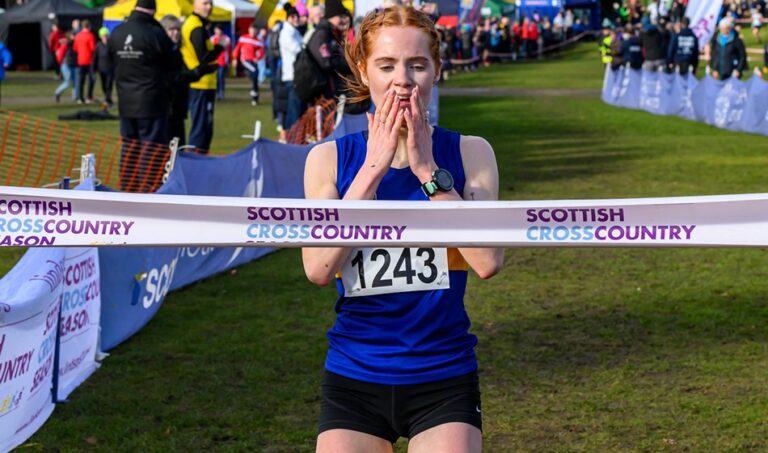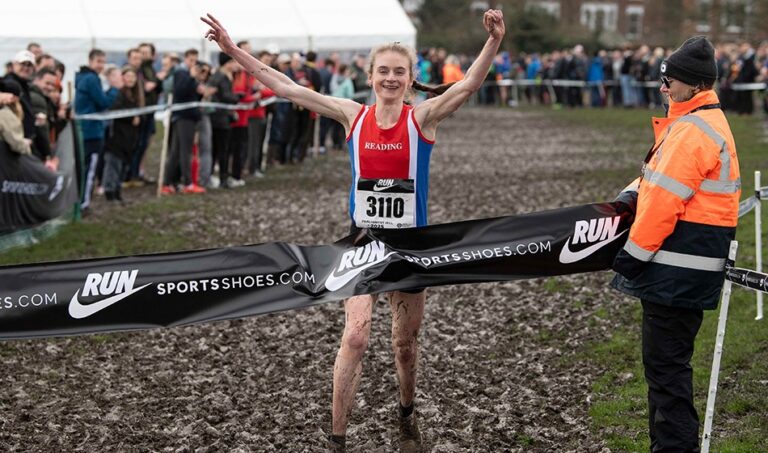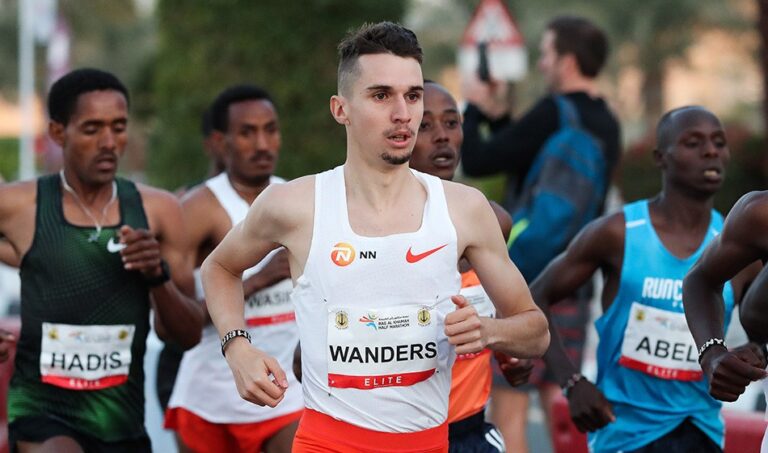
British middle-distance runner looks back on the Bislett Games in Oslo on July 5 in 1996 when he placed third in the mile in 3:50.32
That summer, I made sure that I was in the best shape I could be to win the trials to guarantee my place at the Olympics. I’d had a little bit of history in the past when I hadn’t been picked for certain things like the World Student Games in Sheffield, so my coach said to me: “John, you have to win.” Once I’d done that, it took the pressure off. I could just go and get ready.
John Mayock
I had good coaches in Pete Watson and Peter Elliott. I had a good training group. I had a little bit of money from sponsors, so I didn’t have to worry about paying the mortgage, but I also loved to race and I raced three times between the British Championships and the Olympics starting.
I had listened to Seb Coe, Steve Ovett, Steve Cram and Peter saying that, once you’re in a purple patch, that’s when you’ve got to crack on and go for it because it’s when you’re going to get your personal bests. It depends on the athlete but that period could last a couple of weeks or a couple of months.
So I had the opportunities. Once you get to a good level, the last thing you want to do is slow down and take your foot off the gas in your racing and in your preparation. For me, the best thing to do was to race some of these people that I’d probably be racing in the Olympics, to give me a little bit more confidence to challenge these big names.
John Mayock (Mark Shearman)
I went into the Olympics as a bit of an underdog to get through to the final. It was such a competitive year and there was such an abundance of talented athletes in the middle-distance ranks that if you did drop out or take a race off or decide not to do it, there were so many people coming to take your place.
If they ran fast, they would maybe get the slot next time around in a future Grand Prix or Golden League meeting. It was a dog-eat-dog kind of world, so I had to make this decision, one that would allow me to go into the pre-Games camp in Tallahassee feeling ready.
As a youngster, I was inspired by watching Coe and Cram on TV, and watching some amazing British athletes compete in Oslo over the mile. Bislett is just electric. The crowd is so close to the track.
I was still relatively new to the Grand Prix circuit and there was only a select few, in those early days, who would be selected to take part. Luckily, I had a good agent in Kim McDonald and he got me in there to run.
I was a little bit scared because I’d looked down the rankings of all the runners. You might be a British champion, and pretty successful in what you’ve achieved, however you might be the slowest in the race, which I think I probably was going in.

John Mayock (Mark Shearman)
You think: “How do you run this?” The tactic is obviously wanting to go to the front and it’s learning that you can’t go to the front because you could blow up. The last thing you want to do is blow up in one of the world’s most iconic track events, so I made the decision to go into the middle of the pack and then start picking people off.
It’s quite hard to judge these races, especially if they’re out on a world record pace, when you’re not used to it so I held back and then moved through as best I could.
The issue is that, usually, there are two or three really top-class athletes, and then it’s all a big bunch behind. Noureddine Morceli was ahead with Fermin Cacho behind, which is the same as how it finished at the Olympics a few weeks later. The rest of us were really good athletes of similar ability and all in the mix, so you’re trying to take the shortest line to save energy.
Eventually it came down to the home straight. You had Morceli holding off Cacho and me chasing. It felt like they were jogging when I was sprinting down the track but to come third was pretty special – being on the podium in Oslo in the Dream Mile. Obviously, I would have loved to have won the race but that third place was really important. It gave me confidence and a lot of people then thought: “This guy’s good.” I also knew that I could run faster. It’s just where the stars are aligned to be able to do that.
I went on to the Olympics, made the 1500m final and finished 11th. It was stacked. I got through as a fastest loser and knew I could finish anywhere.
You have to rise to the occasion and it was absolutely amazing. The semi-final night was just electric because we went out just after Michael Johnson had broken the 200m world record in his golden shoes.
You should be super-confident but I had no expectations to go off and try to win the final. I wanted to try and get into the top six but there was so much going on and I had to hurdle over Hicham El Guerrouj when he went down and eventually came last.
But doing well in Oslo and making that final opened new doors to get into more world-class races in the likes of Zurich and Brussels, where you can set personal bests. Oslo was a catalyst really for the future, to be recognised as a world-class athlete.





